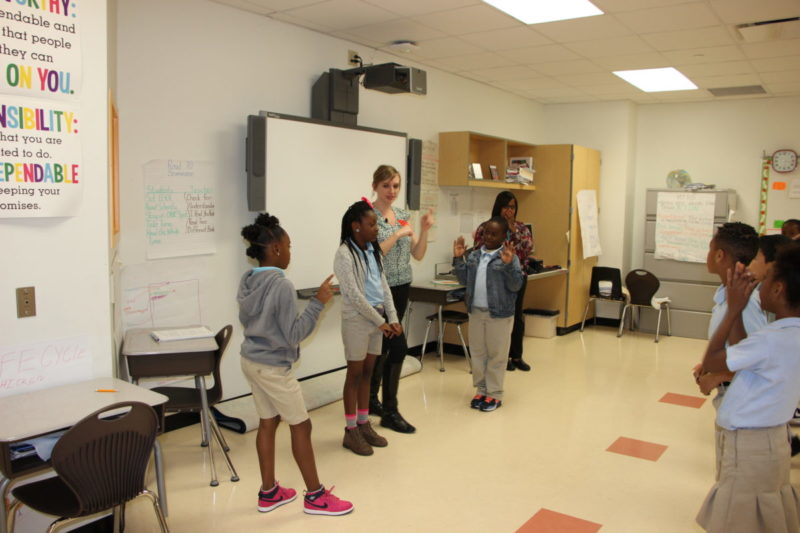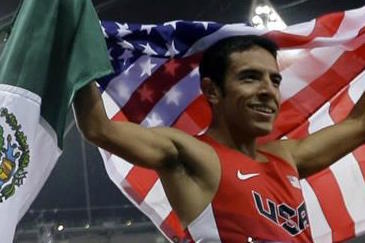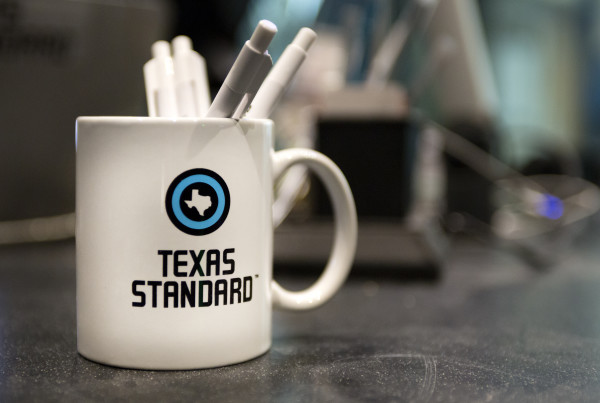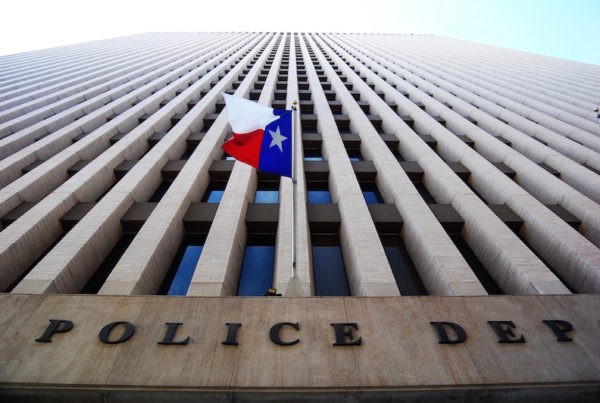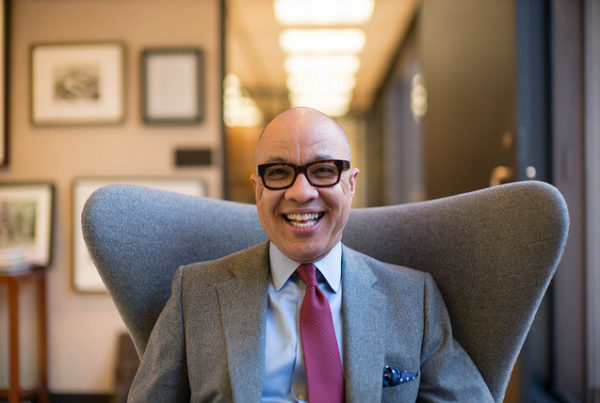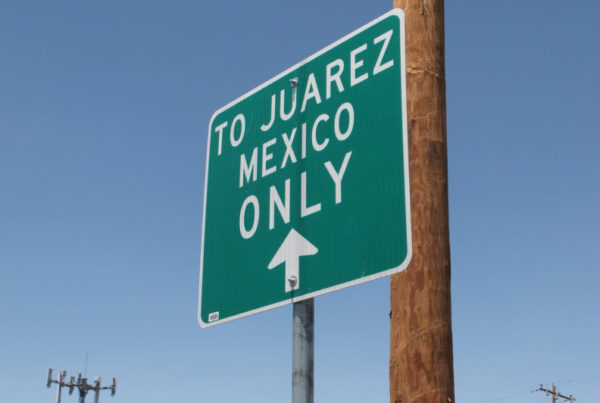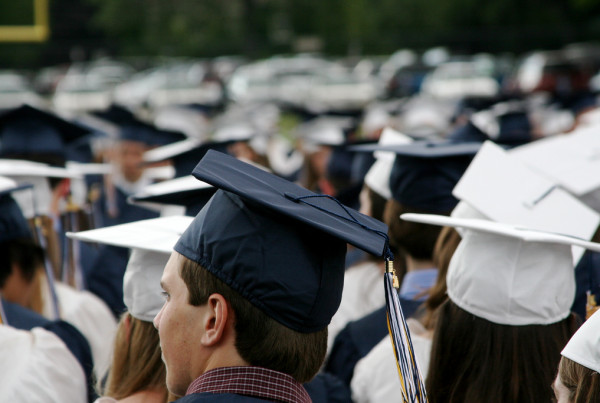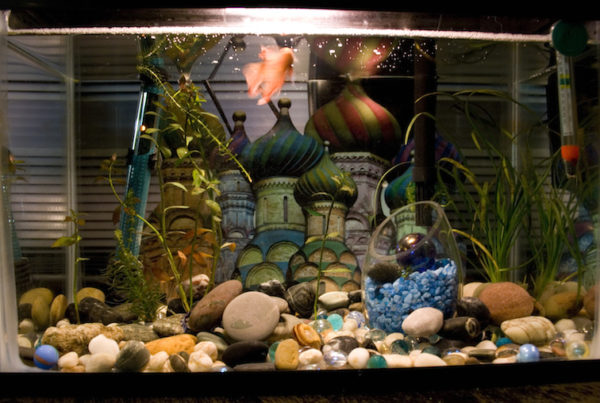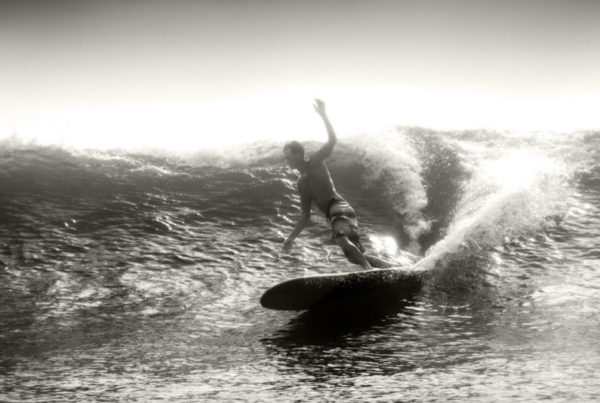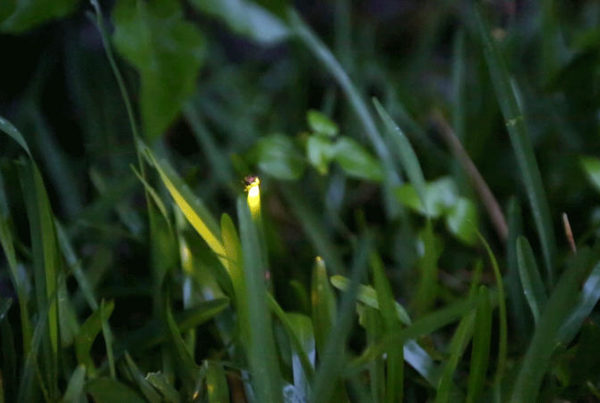From Houston Public Media:
If third grader Kezyiah Cleveland were in her regular science class, she’d sitting at her desk and quietly filling out a worksheet.
“I would be doing my work but I would be bored,” she said.
But recently this spring, she stood up in the middle of the room and bounced between two classmates.
“Boing! Boing! Boing!” she went.
Kezyiah explained what that sound meant: “I was the light and I was bouncing off the mirror.”
This wasn’t recess or playtime. This third-grade class acted out their science lesson, using theater skits to learn how light moves, like reflection.
“OK, you guys are amazing! I think you guys have a pretty good handle on this. Let’s do a quick review,” called out Brandy Reichenberger, a teaching artist withMain Street Theater.
This spring she led a ten-week residency at Atherton Elementary in Greater Fifth Ward that combined theater and science.
“We try to associate whatever vocabulary term or idea we’re trying to teach with a movement of the students’ body or an action they can do,” Reichenberger said. “So for example, in a game where we’re talking about light movement, we basically have the students form a circle and move their bodies and ‘woosh’ the light around the circle.”
She also used theater games to reinforce other science concepts like pollution, recycling and the solar system.
This is called arts integration, said Douglas Torres-Edwards, who coordinates the arts access program at the Houston Independent School District.
“What we’re trying to do is elevate the discussion about the power of the arts by making it a part of how we teach science, of how we teach mathematics, of how we teach English language arts and other disciplines,” he said.
At other campuses in the program, teachers and professional artists have taught math using music and dance and they’ve coached students on reading with photography and puppet shows.
The pilot program is supported with a three-year grant from the Houston Endowment for $370,000. It was announced last year.
Torres-Edwards said that arts integration builds on what cognitive psychologists call encoding.
“And what encoding is all about is taking information and changing it to some other form as a way to be able to reinforce and learn something,” he said.
Jonathan Gonzalez, education director at Main Street Theater, one of the partnering artist groups, said that arts integration is more than games, however.
“Sometimes people think that it’s about bringing theater in and we have a fun game and we do the universe the play, or solar system the musical, but it’s more about using a different way of learning to help master the material,” Gonzalez said.
He added that those other strategies include story-telling, narrative, physical movement and play.
Torres-Edwards said that HISD administrators will monitor test scores over the next couple of years to see how the arts integration impacts academic results.
Already, from anecdotes, he said that teachers have seen students more engaged and interested in class.
At Atherton Elementary, the children have their own technical term for their special science class.
-“I had fun today with science,” said Janecia Posey.
-“We’re learning in a fun way because you get to express yourself,” said Kezyiah Cleveland.
-“It’s like you’re learning and having fun at the same time,” said Vershawn Course.
Bringing that joy to class is another goal as the arts initiative expands to 14 more campuses next year, for a total of 25.


